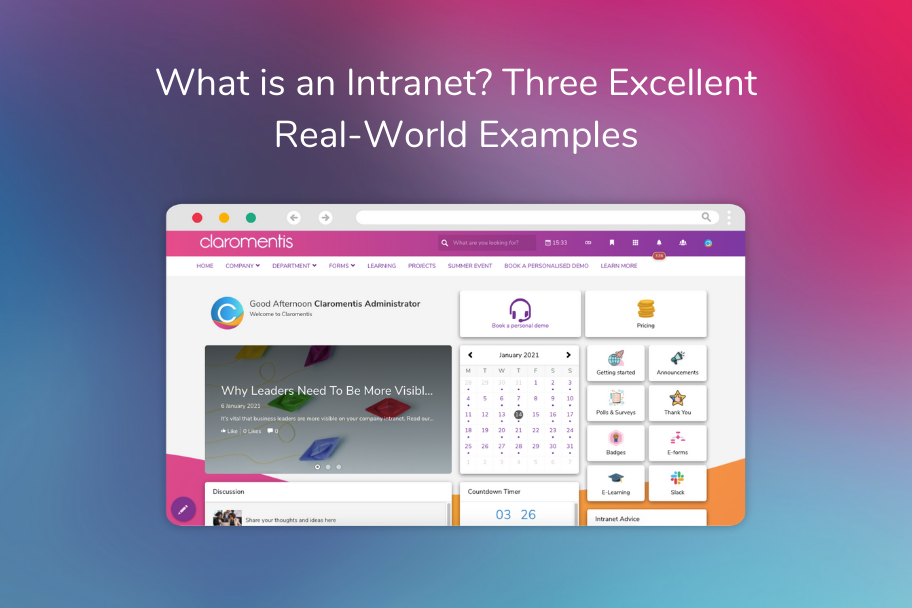If your business has outgrown its current internal communications tools, you might find yourself typing, “What is an intranet?” into the search engine of your choice.
More specifically, you might ask, “What is an intranet, and what benefits can they bring to my business?” An intranet is an investment, after all – so it’s important to understand what returns you can expect on your spend.
Below, we outline what an intranet is in 2021, explain the benefits an intranet offers and provide some real-world examples of intranets that engage and inspire.
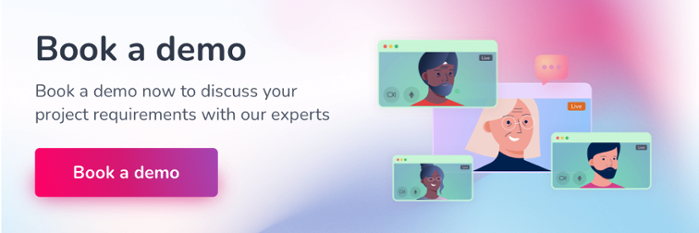
What is an intranet?
Intranets are private networks used by organisations as a hub for internal communications, employee engagement and administrative HR functions.
Intranets take the form of many different online technologies. They can be a single internal website or mobile app, or an amalgamation of different apps and tools that work together to fulfil internal communication needs for a particular group of employees. This could be all employees across an entire organisation, or employees in a specific region, department or subsidiary company.
Traditionally, intranets were ‘flat’ internal websites containing company news, essential documents and important contact information. Over the past decade however, they have evolved beyond the point of recognition. Modern intranets are highly collaborative, cloud-based tools with social sharing features, instant messaging, pulse survey capability, analytics functionality and much more.
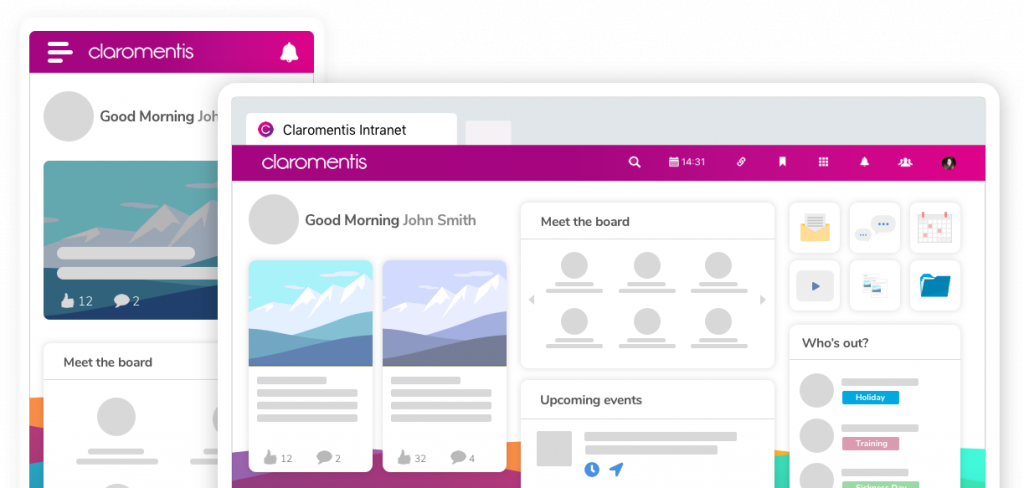
Modern intranets are so much more than static internal portals
What are the business benefits of modern intranets?
Modern intranets leverage all the best bits of cloud technology, HR, social media and internal communications to create an incredibly powerful tool with benefits that reach far beyond the traditional realms of HR and internal comms.

Here’s what a well-designed intranet can offer your business:
Your employees save significant time on admin
Chasing up order forms, finding the right manager to request leave, and updating key HR information via email are all time-consuming processes that eat into your employees’ workday.
Using an intranet to provide centralised document storage and automated HR provision reduces time spent on these tasks significantly, whilst social media-style interfaces provide a familiar, user experience way of presenting information users pick up quickly. Hours saved can then be reinvested in more productive, profit-driving tasks.
Your employees are more engaged with your company
An engaged, happy workforce performs better, resulting in solid revenue growth through both increased productivity and decreased hiring costs.
Social sharing, two-way publication and engagement features like pulse surveys help employees see themselves as involved, valued members of your organisation’s community. Meanwhile, instant messaging tools and discussion boards encourage best practice sharing, discussion and collaboration.
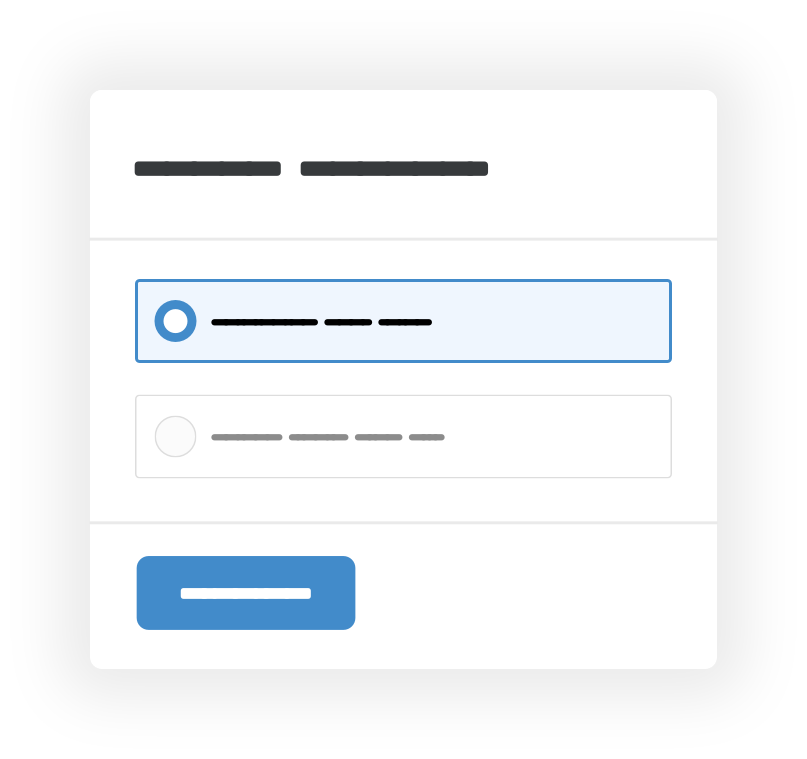
Pulse surveys help you gather valuable employee feedback
Employees don’t miss important information
Thanks to cloud based intranets accessed via mobile apps, employees can access important updates wherever they are. This is incredibly useful for on-the-ground teams that don’t have access to email 24/7, and ensures key messages spread quicker.
For example, you might need to update a rota due to someone taking leave. If your employees know they can access the latest version of the rota via their mobile intranet app and you send them a push notification or must-read instruction every time you make a change, you’ll be left short staffed far less often than using email or paper rotas.
3 great intranet site examples
The best intranets are private communications networks that encourage collaboration, increase employee engagement and, overall, help create a satisfied, productive workforce that has a real impact on your organisation’s bottom line.
But what do they look like in the real world, and how are they used?
Below, we explore a few great examples of intranets by three different organisations that leverage intranets to encourage collaboration, streamline communications channels and engage multisite workforces.
Midwest Energy & Communications use their intranet as an all-round communications employee engagement tool
Midwest Energy & Communications provides energy, phone, internet and fibre to rural US communities underserved by utility giants. After a period of growth, they needed a way of keeping employees engaged with the company as they spread out across different offices and the field.
Here’s a screenshot of their intranet homepage:
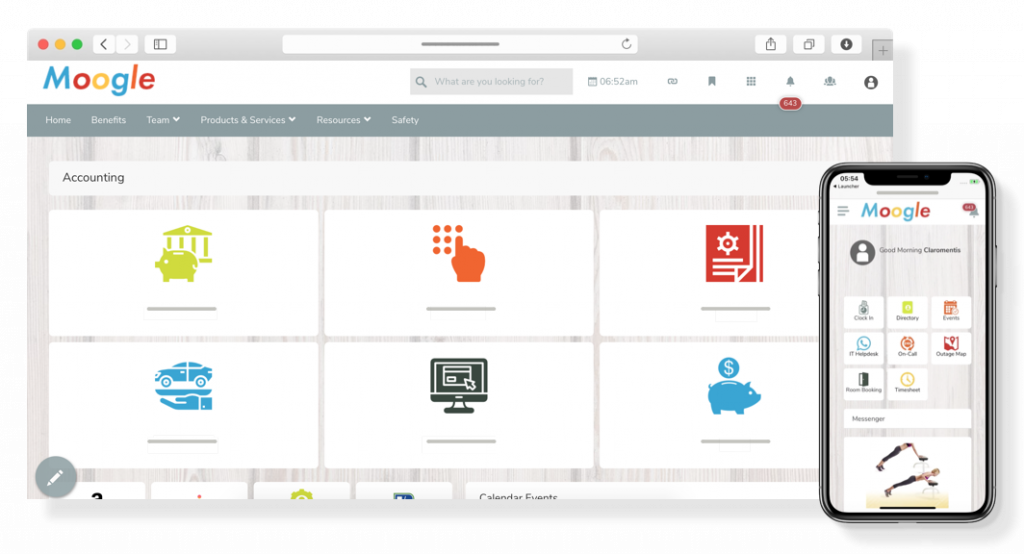
Midwest’s intranet is entirely mobile optimised. This is essential for reaching agents in the field and making them feel as connected to the company and its values as office-based workers.
As befitting Midwest’s own version of Google, it has a search bar. This means that it’s easy to find information even when it’s not immediately obvious on the home page, saving significant amounts of employee time.
Design-wise, ‘Moogle’ both emphasises the intranet’s use as a reference for all key company information and adds an informal streak that cements their employees’ identity as more approachable than corporate providers. This encourages employees to feel engaged with the organisation’s goals and helps provide a sense of purpose to work across different roles.
SeriousFun use their intranet for idea generation and knowledge sharing
SeriousFun provides free camp experiences to children who might otherwise miss out due to serious illness. Their non-desk-based, largely spread-out workforce needed a highly collaborative tool that would allow them to connect and share best practices.
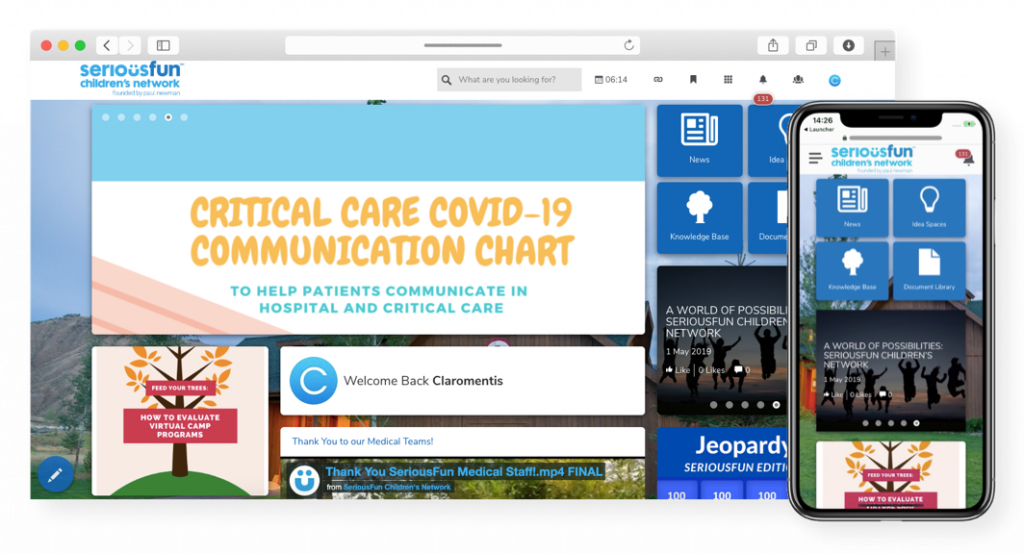
SeriousFun is a worldwide organisation, so having a single central repository to centralise all their files and resources has made administrative tasks and activity planning significantly easier.
The intranet homepage emphasises knowledge sharing right from the get-go – how-to guides are immediately accessible, and half of the four-tile menu on the right is dedicated to knowledge sharing and idea generation. The corporate social networking tools are the most used features on the site.
Having a fully mobile-optimised intranet is ideal for a young, on-the-go workforce who don’t necessarily have time to check their work email 24/7.
Emergency Physicians of the Rockies use their intranet to share essential information reliably
Colorado emergency healthcare providers Emergency Physicians of the Rockies found that miscommunication and missed communications were rife when they relied on interoffice mailers and email. They needed a solution.
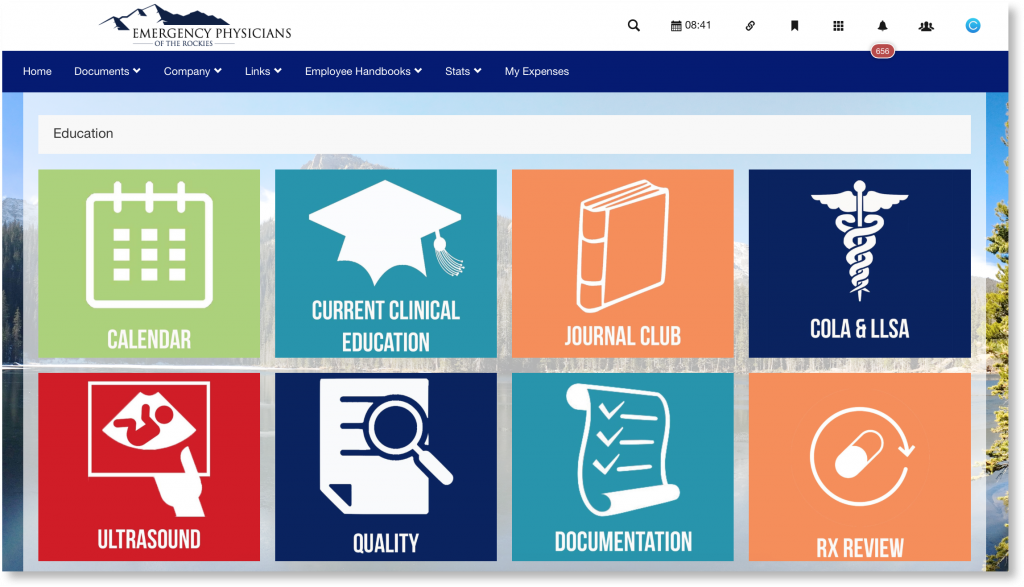
All important interdepartmental information is now posted on the intranet, and can be marked with a ‘mandatory read’ instruction to guarantee that important messages get to where they need to.
Instant access to staff payslips and benefits, real-time trackers, a medical records charting system, employees’ medical license information, and HR handbooks reduce the amount of emails sent and free up time to focus on providing medical care.
A variety of e-learning courses are hosted on the intranet based network for ease of access, which can be marked as mandatory, helping ensure that all essential training is completed on time.
